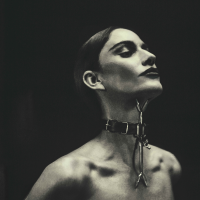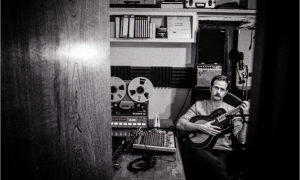
Last week’s concerts at Town Hall, on Thursday and Friday — an outgrowth of a Monk festival at Duke University in 2007 — demonstrated two different kinds of respect for the music recorded that night 50 years earlier.
In Thursday’s concert Charles Tolliver, the trumpeter and bandleader, recreated the original concert as closely as he could. (Sixteen years old then, he had been in the audience.) Following his own transcriptions of the live album’s music, he used the same instrumentation, the same order of songs, the same order of solos inside the songs.
The differences were in what couldn’t be replicated. The drummer, Gene Jackson, landed harder and more stiffly on his beats than the original one, Arthur Taylor: a generational thing. The solos were different, too, obviously, and here the tenor saxophonist Marcus Strickland stood out. His style, especially on “Monk’s Mood,” annexed the broad sound and some of the mannerisms of saxophonists from that period. But the content was new in its harmony and narrative shape.
The peak of the 1959 concert, and of Thursday’s show, was Monk’s piece “Little Rootie Tootie” (with a full-band performance of Monk’s solo from a previous occasion). Mr. Tolliver likes a big, battling sound, and as conductor he drove the band hard here, punching the air for brass accents; he gave the song a sense of vengeance. But it got away from him, dragged under by soloists. For the encore version of the same song, he counted off a hyperthyroid tempo — unnaturally fast, but a good way to end an academic night.
The concert on Friday, called “In My Mind: Monk at Town Hall, 1959,” more or less followed the 1959 program too. But where Mr. Tolliver treated it as a work of impregnable authority, the pianist Jason Moran came at it sideways, seeking a connection with its creator. He used not just a live band — an enlarged version of his group, the Bandwagon, which roughed up the music, isolated phrases and bent tempos to its own will — but video, still photography and recorded audio as well. It was as much inspired by identity-focused conceptual art of the 1970s as by jazz of the 1950s.





























